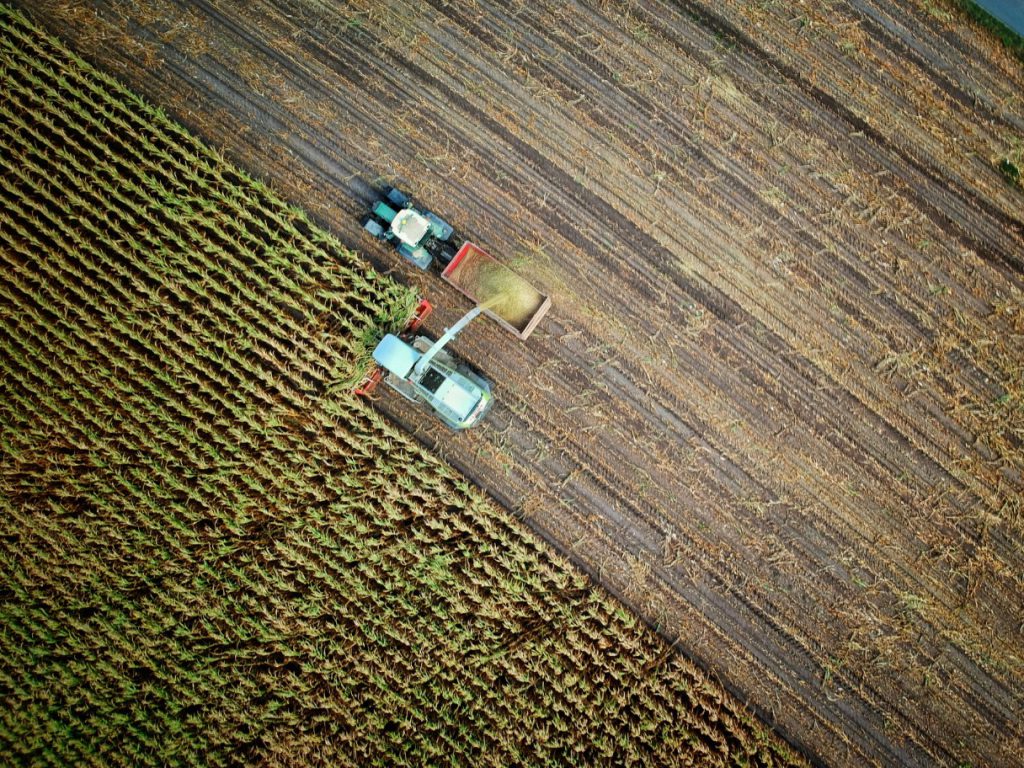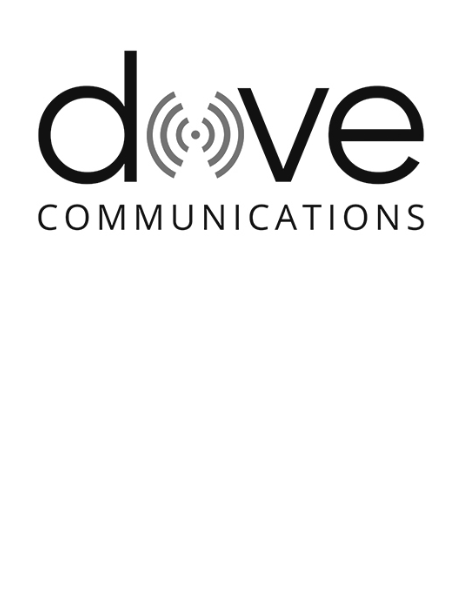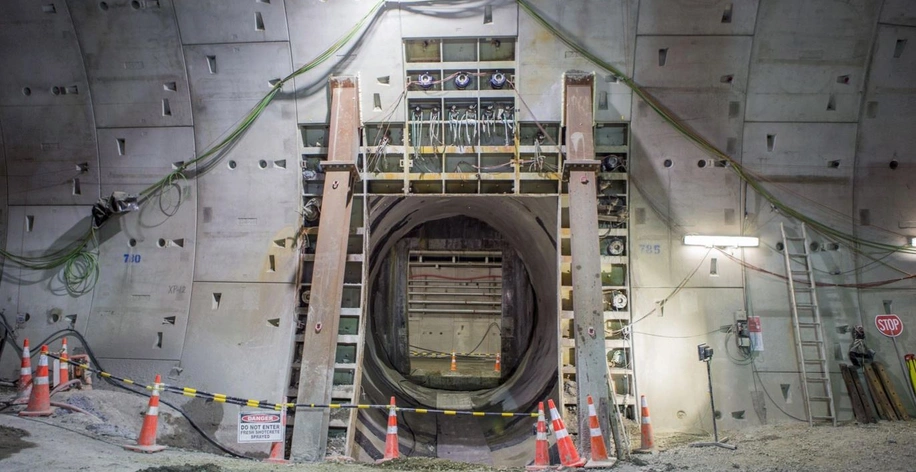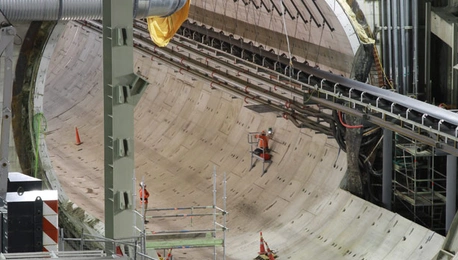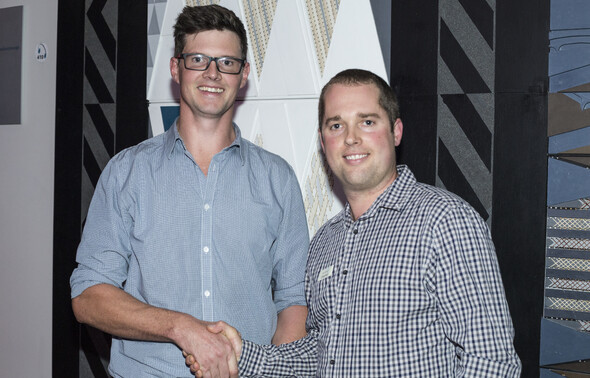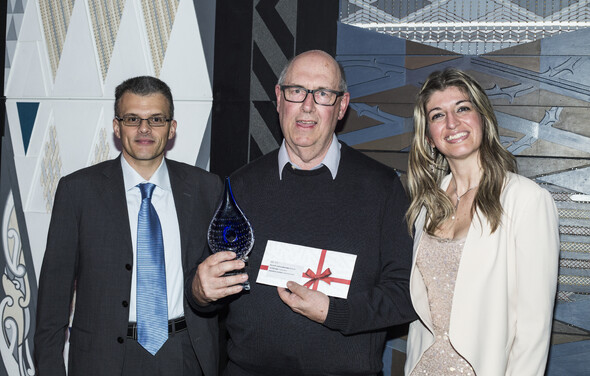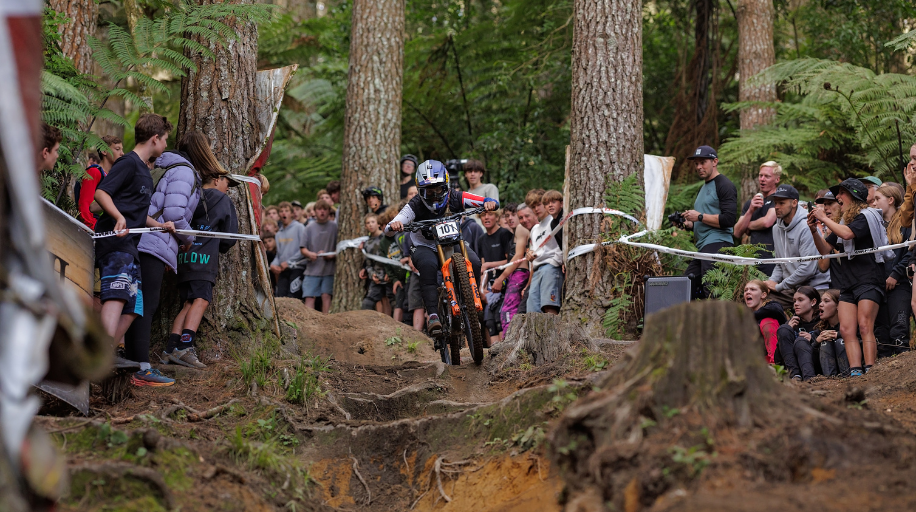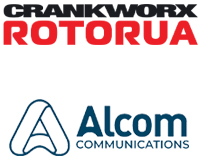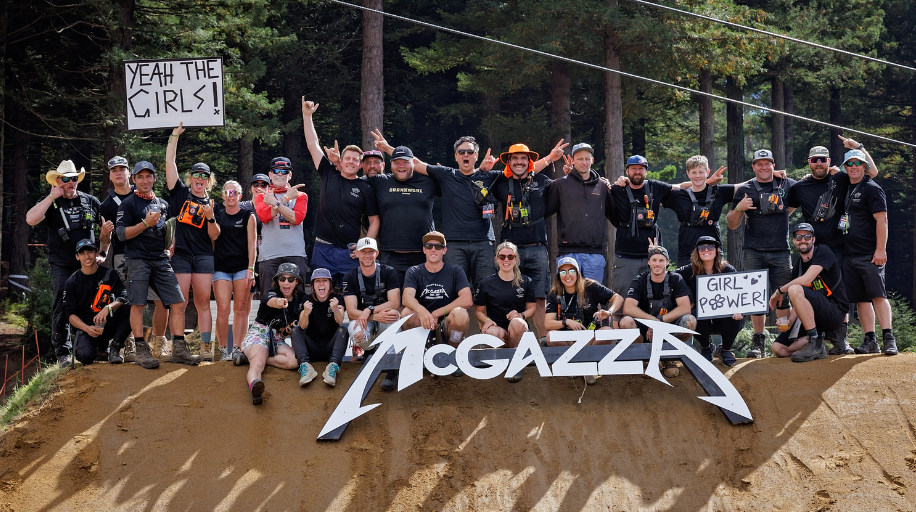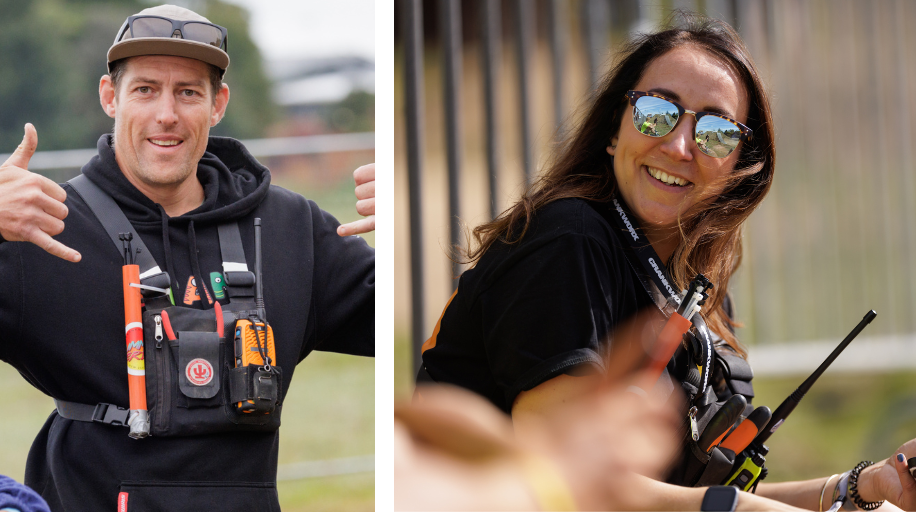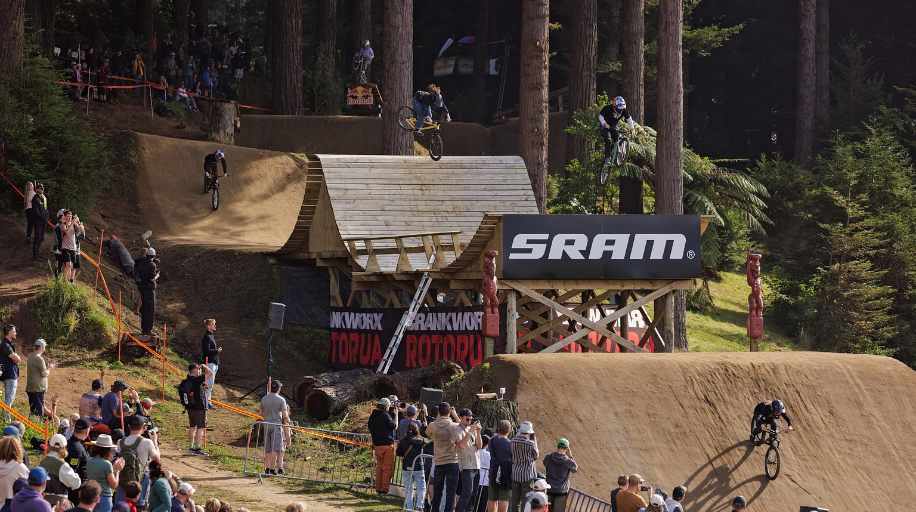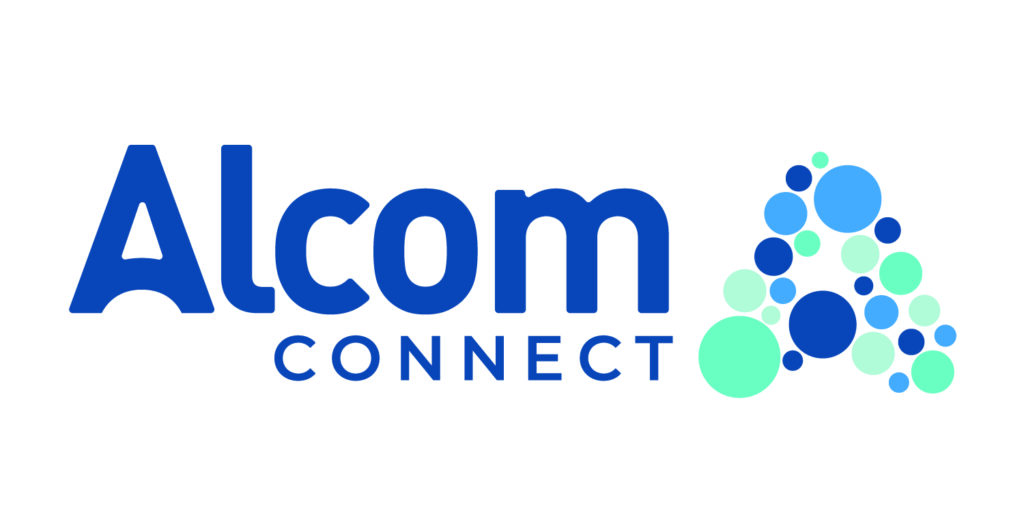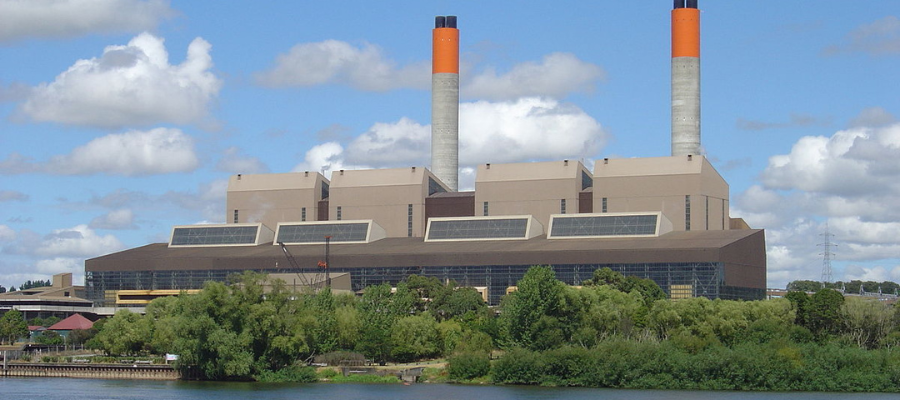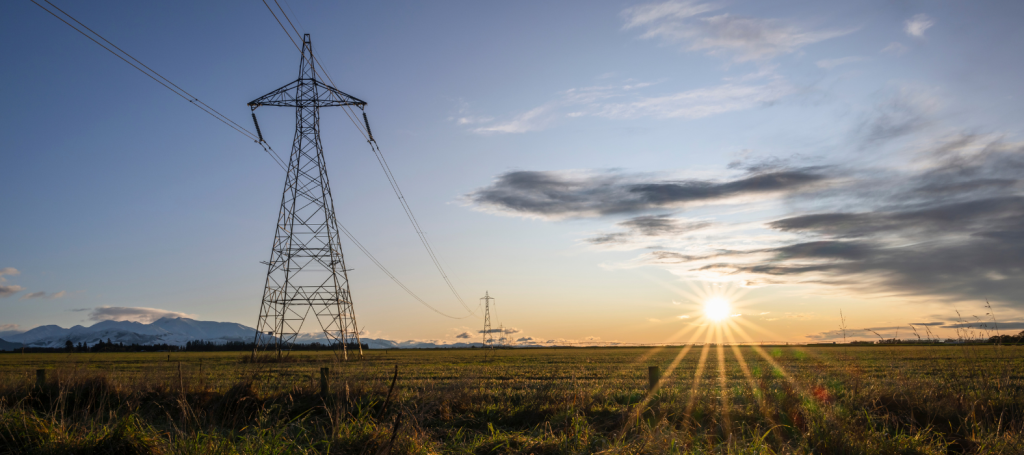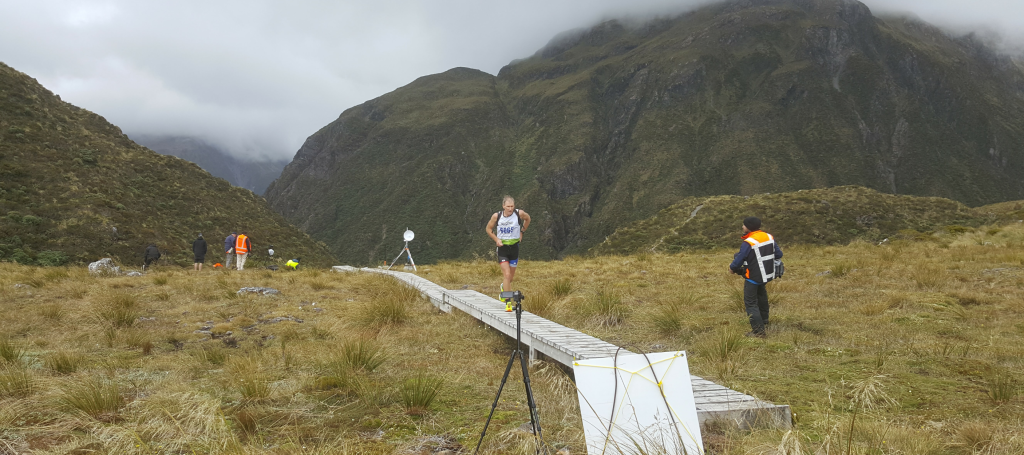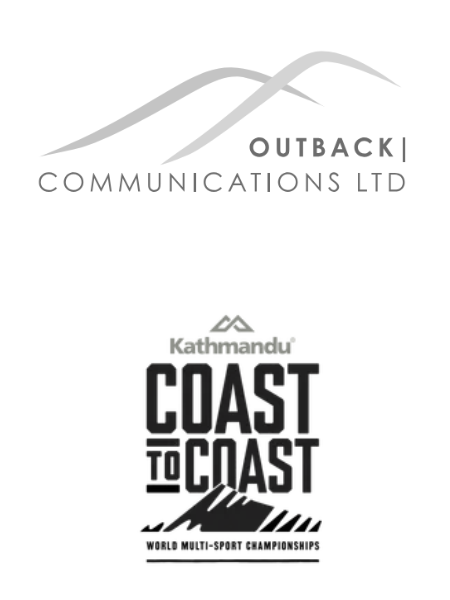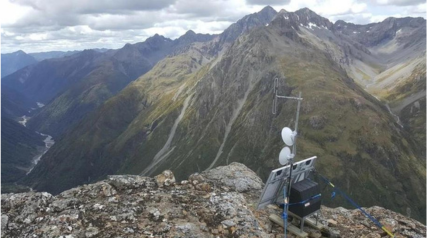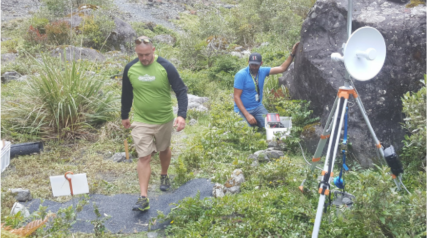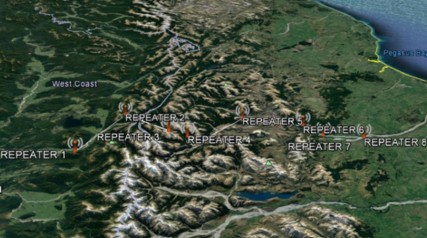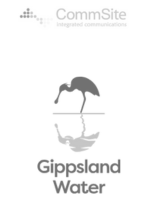EA Networks’ key corporate objectives are to distribute power more reliably, improve the safety of their workforce and operate their business as effectively as possible.
Increased worker safety with location services & network performance
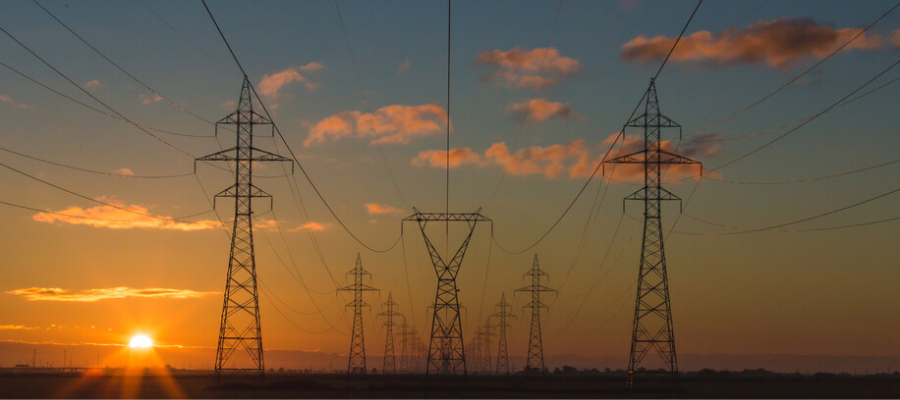
Project Summary
- Client: EA Networks
- Sector: Electrical Utilities
- Equipment: Tait TaitNet DMR trunked network, Location services, VHF DMR terminals, Five-year maintenance contract, TP9300 and TM9300, Tait Enable Network Management System, TaitWatch Managed Service
- Challenge: To provide the intelligence of trunking, as well as the benefits of digital voice clarity, location services for additional safety and enhanced data capabilities for greater productivity
The Client
EA Networks owns and operates the electricity distribution network and an advanced fiber-optic communications network for the mid-Canterbury region, delivering power to approximately 17,450 consumers through almost 1,864 miles (3,000km) of distribution lines.
The Challenge
The power plant had operated four separate radio systems and coverage had been poor because of the types of buildings on site.
The System
EA Networks had a dual objective: to make its workforce safer and, at the same time, more efficient. Historically, it had operated a conventional analog radio network and chose to work with Tait to migrate to a digital solution that could bring them the benefits of new features such as location services and enhanced data capabilities.
“We need to make sure we’re using the latest technology and best practices to deliver the best outcomes for our customers. Tait is a long-term partner that can help us achieve that, thanks to their expertise and international experience”
Brendon Quinn, Network Manager, EA Networks
Outcomes
Tait and EA Networks worked together to design an incremental system rollout strategy that included:
- Replacement of their aging analogue network with a five-site DMR Tier 3 trunked network.
- Location services, with Automatic Vehicle Location (AVL), to boost visibility of their mobile workforce. Full visibility of their fleet and workers means EA can respond quickly to incidents in the field and maintain service for their customers.
- Integration with a dispatch application, replacing control-room based radio equipment.
- Site capacity planning to support future data applications such as Distribution SCADA (D-SCADA).
A transitional solution delivered incremental field force voice communications and efficiency gains, which means power outages are now restored more quickly and grid performance is better maintained. Improved communications also means field workers are safer and more connected. Integration and deployment of SCADA data services across the DMR network realises the final step to a mission critical, voice and data DMR network deployment.
Tait GridLink passes standards-based SCADA protocols such as DNP3 across the DMR network, for visibility and control of remote RTU devices over the network. EA’s ongoing distribution automation program will incrementally improve grid reliability to remote or inaccessible locations that will pave the way for a self-healing grid architecture. This incremental approach involves:
- Bringing line fault and status metrics into the control room to speed up remote fault identification and lower the cost of truck rolls.
- Managing remote SCADA devices such as reclosers to rapidly isolate and restore service, improve SAIDI/CAIDI metrics and lower compliance risk.
- Introducing self-healing control room mechanisms to automate power grid management.
For Distribution Automation self-healing objectives to be effective, the control and communications sub-systems must be highly reliable and resilient.
EA plans to deploy up to 500 GridLink terminals leveraging the Tait DMR solution to fill out the large areas that fibre services will not reach. Tait also provides continuous network maintenance, monitoring and support for the solution
Needing to replace your aging analogue network?
Logic have got products, dealers and solutions to help you get the best outcomes.
Let us help you work through your solution. Contact Logic Wireless or find your local Logic Dealer today.
Case study provided by Tait Communications


